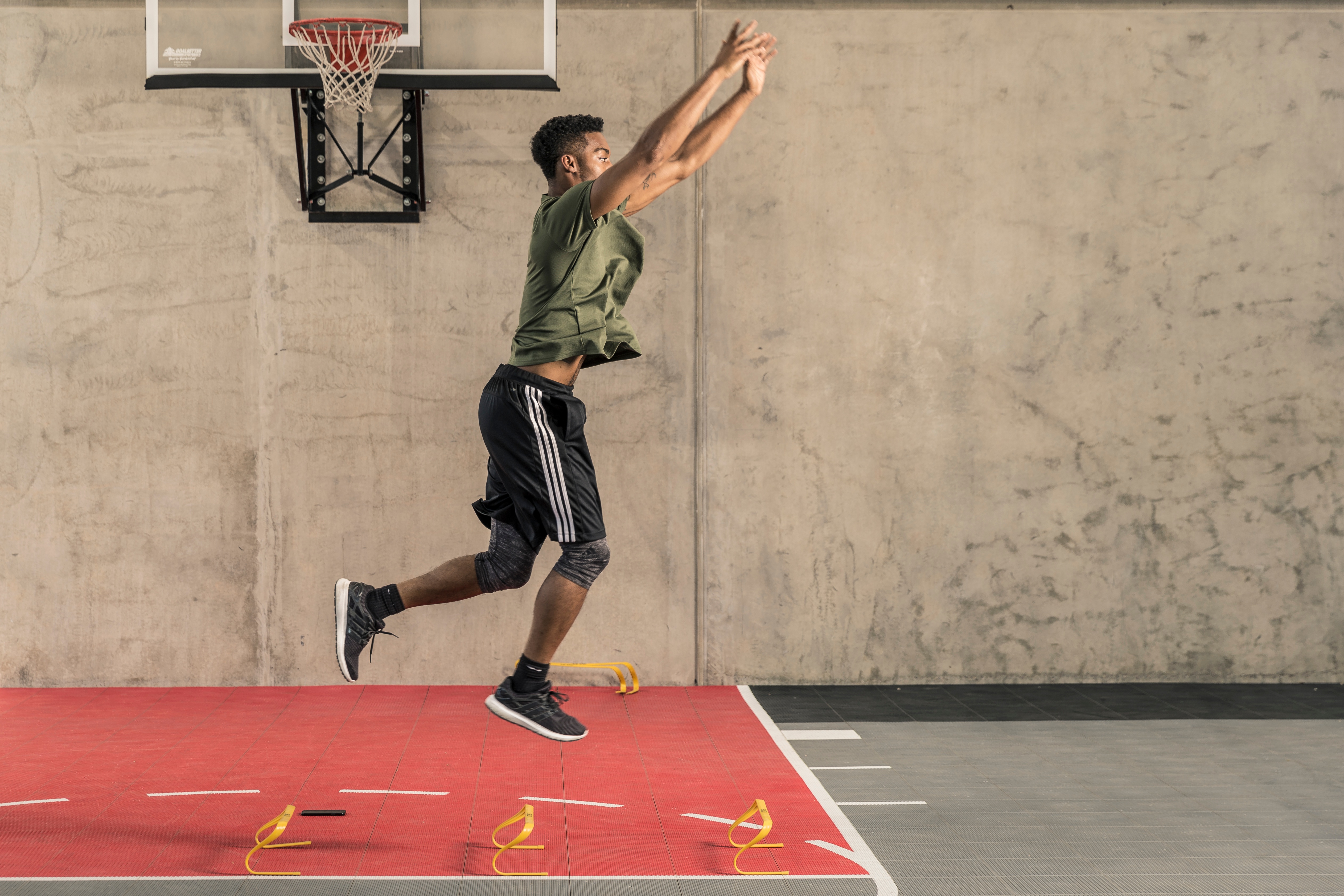Trending Now in Sports Performance
New to the Scene
Things we're focused on...
Here are some topics that are generating quite a bit of buzz. They are not to be overlooked, because hey, if you have made it this far, you must want to stay up to speed.
For a more in-depth dive into tech used in sports click here
Posture
If you aren't thinking about your athletes posture, then you should start. It is a crucial factor that many coaches overlook. But it can tell you a lot about how an athlete will perform. It is a sign of good strength and health in an athlete. The body functions best when it is in balance and has a neutral alignment, i.e when you have good posture. When your body is aligned properly your nerves are unobstructed, the blood flows more efficiently and the muscles work to their full potential. This position also relieves stress to joint and the skeletal structure.
So, what is neutral alignment?
It is when the ears, shoulder, knee and ankle all are aligned thus putting the spine in neutral alignment.
While that may sound like it makes sense, it can be harder to evaluate than you might think. So, before you attempt to fix everyone's posture - know what changes need to occur. By doing a wall test you can better assess where everyone stands, or better yet, how everyone stands.
The Wall Test:
Have your athletes stand with their back against a wall, heels 2-4 inches away, their hips, shoulder blades and the back of their head should all be touching the wall.
If their head needs to be tilted back or their chin needs to be lifted in order to make contact with the wall they have an imbalance in their neck and upper spine.
The space between the lower back and the wall should be about one to two inches (the thickness of a flat hand). If there is a large gap, it can indicate an anterior pelvic tilt, but, if there is no gap at all their may be a posterior pelvic tilt.
How do you fix an athletes posture?
#1 Educate them on what they should be doing.
Make them conscious of what their correct alignment should feel like so they can catch themselves falling out of alignment. Without knowing what is right, they will never know when they are wrong.
#2 Use some training tools to help improve their posture.
1. LUMOback
This is particularly helpful for student athletes who are spending a lot of their time sitting at a desk. It's a small belt you can wear anywhere. It gently vibrates when you slouch from your lower back. Through Bluetooth technology it tracks your progress and give you feedback.
2. IntelliSkin
This one is more on the wearable side of technology. They make garments such as tops and sport bras to cue your muscles to work together for better postural awareness. Athletes like surfer and volleyball players use Intelliskin during their practices to help them keep their posture at the forefront of their mind.
3. Upright. Using an app on your phone you can get alerts anytime you slouch. Keep your phone in your pocket and you will get an alert anytime you being to hunch. You can set a configuring time period and a "slouch-sensitivity" so it can be incremental growth that is more at your pace.
The Barefoot Movement
The thrill of being a kid reintroduced and widely accepted in the world of training. Well, I guess not completely barefoot, but barefoot running shoes. The same great benefits of running barefoot without the added danger of stepping on broken glass. So, what is all the fuss about?
#1 Help promote recovery
Regular shoes impair your balance by making you land on your heels when you run, increasing the risks of ankle, foot or leg injuries. With barefoot running shoes, you land on your forefoot or mid-foot which can help avoid injury or prevent further harm. It takes the pressure and stress off of your foot.
#2 Strengthens muscles and tendons in foot
Since there is no heel lift in barefoot shoes, it greatly decreases the chances of calf-strain or achilles tendinitis. It instead increases the development and strength in feet muscles.
#3 Boost blood circulation
Dormant muscles are awoken allowing for more blood circulation. This can help reduce the risk of heart disease and varicose veins.
#4 Improves balance
Running barefoot can activate the muscles in your feet, ankles, legs and hop that are all responsible for balance and coordination.
#5 Gives greater sense of freedom
People love barefoot running because it brings back the join and freedom of running around carefree. It makes runners feel lighter because they feel less restrained by shoes.
There are just a few of the many benefits associated with barefoot running. For more insight
check out this study.

About the Author

At Bridge, we are all athletes and coaches first. As athletes, our team has experienced everything from riding the pine on JV, to winning NCAA championships, to competing in the Olympic Games. As coaches, we have helped countless athletes reach their full potential, winning everything from age group section championships to Olympic Gold Medals.
Related Posts

The Best Bench Press Variation You’re...
This post is part of our Coaches Corner series with Taylor Rimmer. Taylor is NSCA-CPT, StrongFirst...

Does Powerlifting Harm Heart Health?
A recent study has discovered that a 12-week supervised strength training program (SSTP) may result...

Barefoot Running: Is It For You? |...
Run Free: Consider Less Cushion
Updated October 2020:
With more athletes looking for ways to...
.png?width=150&height=50&name=BRIDGEBLOG(1).png)

